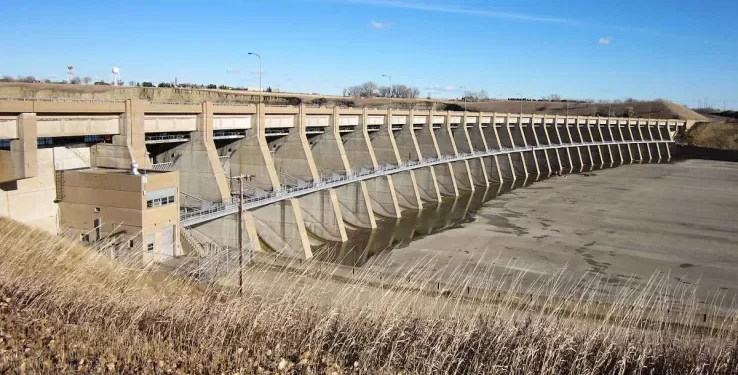The Mandan, Hidatsa, and Arikara Nation in North Dakota is revitalizing its agricultural roots through a substantial greenhouse complex, set to become one of the largest in the United States. As reported by Jack Dura, this initiative aims to grow leafy greens, tomatoes, and strawberries, allowing the tribe to achieve greater food sovereignty decades after their fertile lands were flooded by the construction of the Garrison Dam. The first phase of the project, costing $76 million, includes a 3.3-acre greenhouse and additional facilities, with plans to expand to 14.5 acres, significantly enhancing the tribe’s capacity to produce fresh produce.
This greenhouse project is part of a broader movement to increase food sovereignty among Native American tribes, spurred by supply chain disruptions during the COVID-19 pandemic. By investing in local food systems, tribes across the nation are reclaiming their ability to feed their communities independently. The Mandan, Hidatsa, and Arikara Nation’s greenhouse will support the Fort Berthold Indian Reservation’s 8,300 residents and provide produce to other reservations and food banks in isolated areas. The operation is expected to create 30 to 35 jobs initially, with production goals of up to 15 million pounds of food annually.
A key element of this initiative is the use of natural gas resources from North Dakota’s Bakken oil field. The tribe plans to capture and compress natural gas, traditionally flared off, to heat and power the greenhouse and produce fertilizer, addressing environmental concerns and reducing waste. This project not only reconnects the tribe with their agricultural heritage but also leverages modern resources to ensure sustainable and independent food production for the future.










